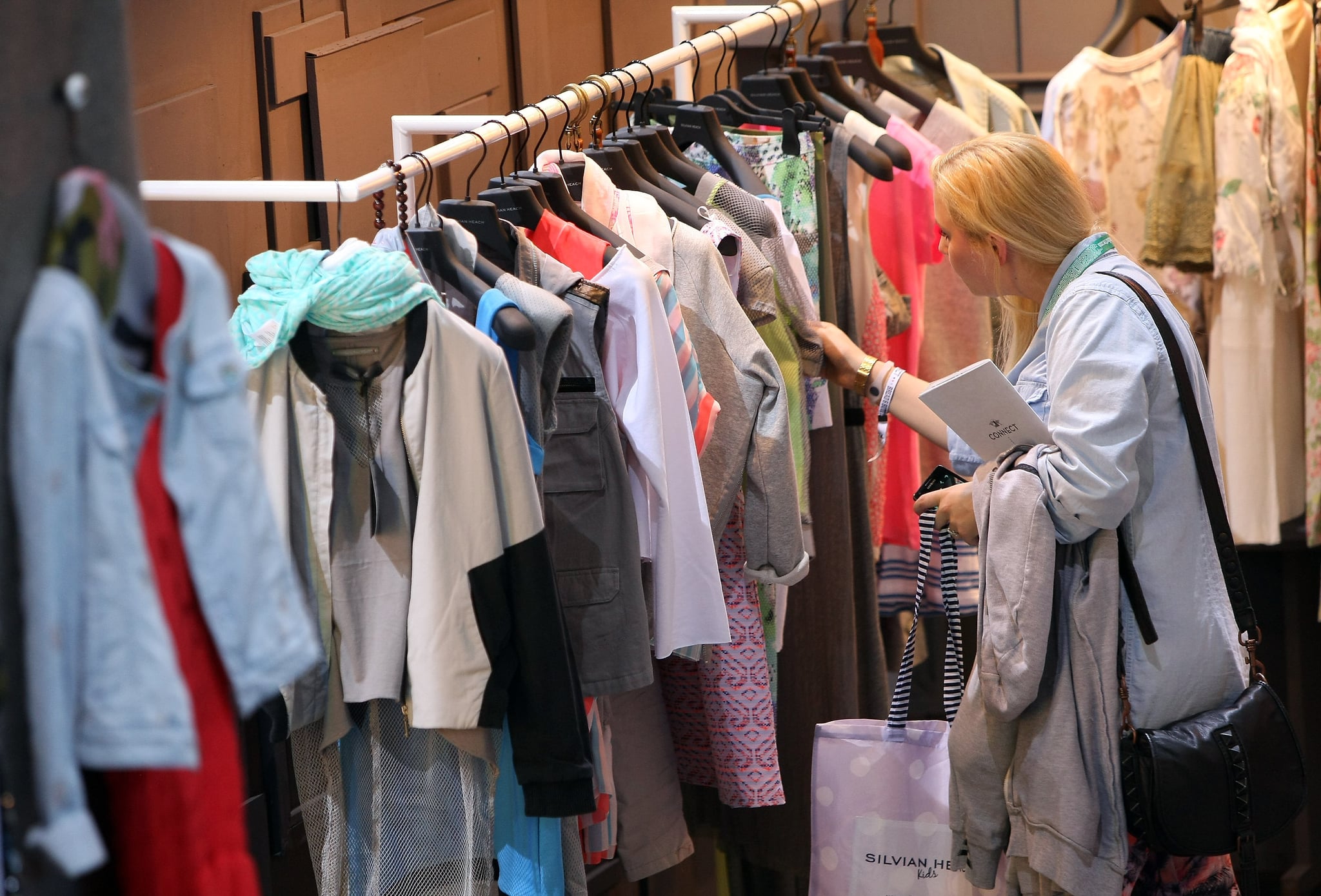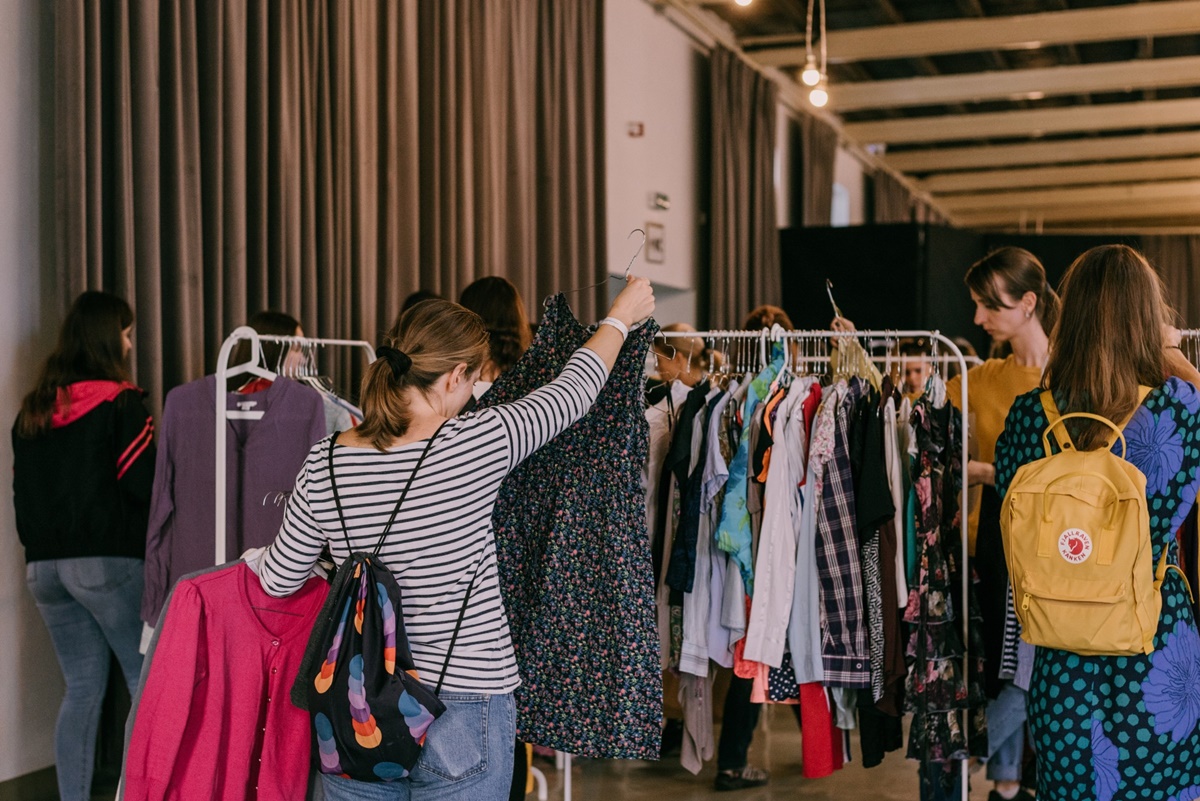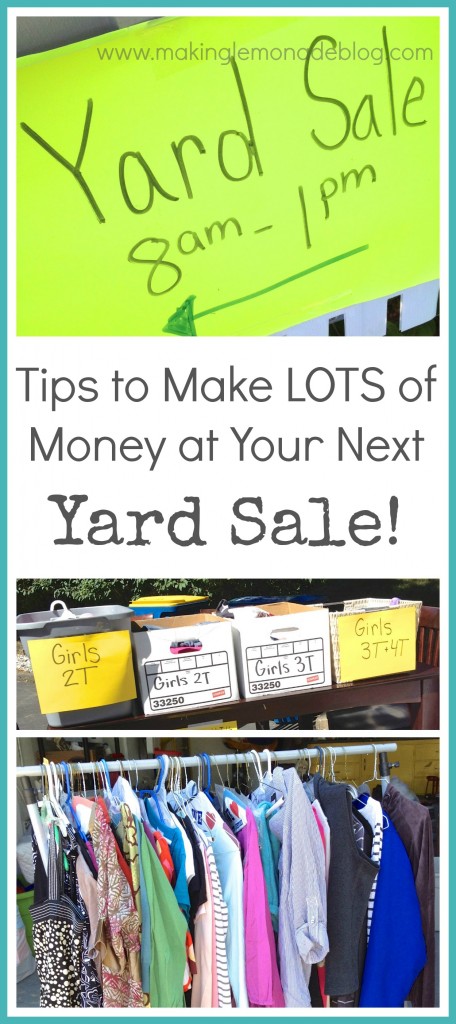Why Selling Used Clothes is a Great Way to Declutter and Earn
Selling used clothes has become an increasingly popular way to declutter your closet, make some extra cash, and contribute to a more sustainable fashion industry. As consumers become more environmentally conscious, the demand for second-hand clothing is on the rise. In fact, the global second-hand market is projected to grow by 15% annually, outpacing the overall apparel market. By selling your gently used clothes, you can tap into this growing trend and reap the benefits.
One of the primary advantages of selling used clothes is the opportunity to declutter your closet and make some extra space. Let’s face it, we’ve all got clothes that we no longer wear or that no longer fit. By selling these items, you can free up space in your closet and make room for new, more sustainable fashion choices. Plus, you’ll earn some extra cash in the process, which can be a welcome bonus in today’s economy.
In addition to the practical benefits, selling used clothes is also a great way to reduce waste and support sustainable fashion. The fashion industry is one of the largest polluters in the world, with millions of tons of clothing ending up in landfills each year. By selling your used clothes, you can help extend the life of these items and reduce the demand for new, resource-intensive clothing.
So, where can you sell your used clothes? There are numerous places to sell used clothes, both online and offline. From online marketplaces like eBay and Poshmark to consignment stores and specialty shops, there are plenty of options to choose from. In the following sections, we’ll explore some of the best places to sell your used clothes and provide tips on how to get started.
How to Prepare Your Used Clothes for Sale
Before listing your used clothes for sale, it’s essential to prepare them to attract potential buyers. A well-presented item can make a significant difference in its saleability and price. Here are some tips to help you prepare your used clothes for sale:
Cleaning and ironing are crucial steps in preparing your used clothes for sale. Make sure to wash and dry the items according to their care labels, and iron them to remove any wrinkles. This will not only make the items look more presentable but also show that you’ve taken care of them.
High-quality photos are also vital in showcasing your used clothes. Use good lighting, and consider using a mannequin or a model to display the items. Take photos from different angles, and make sure to show any flaws or defects. Accurate descriptions and photos will help build trust with potential buyers and reduce the risk of returns.
When writing descriptions, be honest and accurate about the condition of the item. Include details such as the material, size, color, and any flaws or defects. Use keywords that buyers might use when searching for similar items, and make sure to include the brand name and style number if applicable.
Competitive pricing is also crucial in selling your used clothes. Research similar items on various platforms, including online marketplaces and consignment stores, to determine a fair price for your item. Keep in mind that prices may vary depending on the platform, target audience, and condition of the item.
By following these tips, you can increase the chances of selling your used clothes quickly and for a good price. Remember to stay organized, and consider using a spreadsheet to keep track of your inventory, prices, and sales. With a little effort and preparation, you can turn your gently used clothes into cash and make room for new, sustainable fashion choices.
Online Marketplaces: The Best Platforms to Sell Your Used Clothes
Online marketplaces have revolutionized the way people buy and sell used clothes. With millions of active users, these platforms offer a vast audience for sellers to showcase their gently used items. Here are some of the most popular online marketplaces for selling used clothes:
eBay is one of the largest online marketplaces, with over 183 million active users. It’s a great platform for selling used clothes, with a wide range of categories and a competitive pricing system. eBay charges a small fee for each sale, but it’s a great way to reach a massive audience.
Poshmark is another popular platform for selling used clothes, with over 5 million active users. It’s a social commerce platform that allows users to share photos of their items, connect with other users, and participate in online shopping events. Poshmark charges a flat fee of $2.95 for sales under $15, and 20% for sales above $15.
ThredUp is a curated online marketplace that specializes in gently used women’s and children’s clothing. It’s a great platform for selling high-end or designer items, with a focus on quality and authenticity. ThredUp charges a commission fee on each sale, but it’s a great way to reach a targeted audience of fashion-conscious buyers.
Other online marketplaces for selling used clothes include ASOS Marketplace, Depop, and Mercari. Each platform has its own unique features, fees, and target audience, so it’s essential to research and choose the best platform for your needs.
When selling on online marketplaces, it’s crucial to follow each platform’s guidelines and rules. Make sure to take high-quality photos, write accurate descriptions, and set competitive prices. By doing so, you can increase your chances of selling your used clothes quickly and for a good price.
Consignment Stores: A Great Option for Gently Used Designer Items
Consignment stores are a great option for selling gently used designer items. These stores specialize in selling high-end, pre-owned clothing and accessories, and they often have a loyal customer base of fashion-conscious buyers. By consigning your designer items to a reputable store, you can earn a higher price for your items and benefit from the store’s expertise in marketing and sales.
Here’s how consignment stores typically work: you bring your gently used designer items to the store, and the staff will evaluate their condition and authenticity. If the items are accepted, the store will price them competitively and display them in their store or online. When an item sells, the store will take a commission on the sale price, and you’ll receive the remaining amount.
Consignment stores are a great option for selling designer items because they offer a number of benefits. For one, they provide a curated shopping experience for buyers, which can help to increase the value of your items. Additionally, consignment stores often have a strong online presence, which can help to reach a wider audience of potential buyers. Finally, consignment stores typically have a high level of expertise in authenticating and pricing designer items, which can help to ensure that you get a fair price for your items.
Some popular consignment stores for designer items include The RealReal, Luxury Garage Sale, and Crossroads Trading Co. These stores specialize in selling high-end, pre-owned clothing and accessories, and they often have a strong online presence. By consigning your designer items to one of these stores, you can earn a higher price for your items and benefit from the store’s expertise in marketing and sales.
When consigning your designer items to a store, be sure to read and understand the store’s consignment agreement. This agreement should outline the terms of the consignment, including the commission rate, the length of the consignment period, and the store’s policies for pricing and selling your items. By understanding the terms of the agreement, you can ensure that you get a fair deal and that your items are sold in a way that benefits you.
Specialty Stores: Where to Sell Used Clothes for Specific Interests
Specialty stores are a great option for selling used clothes that cater to specific interests or niches. These stores often have a dedicated customer base and are looking for high-quality, gently used items that fit their specific niche. By selling your used clothes to a specialty store, you can earn a good price for your items and support a business that shares your interests.
Outdoor enthusiasts can sell their gently used outdoor gear to stores like REI or Patagonia. These stores often have a trade-in program or a used gear section where they sell high-quality, pre-owned items. By selling your used outdoor gear to one of these stores, you can earn a good price for your items and support a business that promotes sustainability and environmental responsibility.
Expectant mothers can sell their gently used maternity clothes to stores like Motherhood Maternity or Destination Maternity. These stores often have a trade-in program or a used clothing section where they sell high-quality, pre-owned maternity clothes. By selling your used maternity clothes to one of these stores, you can earn a good price for your items and support a business that caters to the needs of expectant mothers.
Vintage clothing enthusiasts can sell their gently used vintage clothes to stores like Crossroads Trading Co. or Wasteland. These stores often have a curated selection of high-quality, pre-owned vintage clothes and are looking for unique and rare items to add to their inventory. By selling your used vintage clothes to one of these stores, you can earn a good price for your items and support a business that promotes sustainability and individuality.
Other specialty stores that buy used clothes include music stores that buy used instruments and equipment, and sports stores that buy used athletic gear. By selling your used clothes to a specialty store, you can earn a good price for your items and support a business that shares your interests.
Host Your Own Sale: Tips for a Successful Garage Sale or Online Event
Hosting your own sale is a great way to sell your used clothes and earn some extra cash. Whether you prefer a traditional garage sale or an online event, there are several tips to keep in mind to ensure a successful sale.
Pricing is a crucial aspect of any sale. Research your items to determine their value, and price them competitively. Consider offering discounts for bulk purchases or bundling similar items together. Make sure to clearly label each item with its price and any relevant details, such as size or material.
Promotion is also key to a successful sale. Advertise your event on social media, local classifieds, and community boards. Create eye-catching signs to attract passersby, and consider offering refreshments or entertainment to draw in customers. For online events, use high-quality photos and detailed descriptions to showcase your items.
Logistics are also important to consider. For garage sales, make sure to have plenty of tables, racks, and display cases to showcase your items. Consider renting tables or equipment if needed. For online events, make sure to have a reliable internet connection and a secure payment system.
Timing is also crucial. Consider hosting your sale during peak shopping seasons, such as back-to-school or holiday weekends. Avoid scheduling conflicts with other local events or sales.
Finally, be prepared to negotiate. Some customers may try to haggle over prices, so be flexible and open to reasonable offers. Consider offering a “best offer” option for items that are not selling well.
By following these tips, you can host a successful garage sale or online event and earn some extra cash for your used clothes. Remember to stay organized, be prepared, and have fun!
Apps and Websites: Alternative Platforms for Selling Used Clothes
In addition to online marketplaces and consignment stores, there are several alternative platforms for selling used clothes. These platforms offer a range of features and benefits, and can be a great option for those looking to sell their used clothes quickly and easily.
Depop is a popular app for selling used clothes, with a strong focus on fashion and creativity. Users can list their items for sale, and connect with other users who share similar interests. Depop takes a commission on each sale, but offers a range of features and tools to help sellers promote their items.
Mercari is another popular app for selling used clothes, with a focus on ease of use and convenience. Users can list their items for sale in just a few minutes, and Mercari offers a range of features and tools to help sellers promote their items.
Tradesy is a website that allows users to sell their used clothes, as well as other items such as electronics and home goods. Tradesy offers a range of features and tools to help sellers promote their items, including a pricing guide and a shipping label generator.
The RealReal is a luxury consignment store that also offers an online platform for selling used clothes. The RealReal specializes in high-end designer items, and offers a range of features and tools to help sellers promote their items, including authentication and pricing services.
These alternative platforms offer a range of benefits and features, and can be a great option for those looking to sell their used clothes quickly and easily. By using these platforms, sellers can connect with a large and targeted audience, and promote their items in a convenient and efficient way.
Maximizing Your Earnings: Tips for Pricing and Promoting Your Used Clothes
To get the most out of selling your used clothes, it’s essential to price and promote them effectively. Research is key to determining the optimal price for your items. Look at similar products on the market, taking into account the condition, brand, and original price. This will help you set a competitive price that attracts buyers.
When pricing your used clothes, consider the platform’s fees, as they can eat into your earnings. For example, eBay charges an insertion fee and a final value fee, while Poshmark takes a flat commission on sales. Factor these fees into your pricing to ensure you’re making a profit.
Promoting your used clothes is also crucial to maximizing earnings. Use high-quality photos that showcase the item from different angles, and write detailed descriptions that highlight the item’s condition, material, and features. This will help build trust with potential buyers and increase the chances of selling your item quickly.
Utilize social media platforms to promote your used clothes, especially if you’re selling on platforms like Poshmark or Depop. Share photos and descriptions of your items, and engage with potential buyers by responding to comments and messages promptly.
Consider offering discounts or bundle deals to incentivize buyers to purchase multiple items. This can help clear out your inventory and increase your overall earnings. Additionally, provide excellent customer service by responding to inquiries and resolving any issues promptly.
When selling on online marketplaces, make sure to follow the platform’s guidelines and rules. This will help you avoid any account suspensions or penalties. By pricing and promoting your used clothes effectively, you can maximize your earnings and make the most out of selling your gently used items.
By following these tips, you can increase your chances of selling your used clothes quickly and for a good price. Remember to stay competitive, provide excellent customer service, and utilize social media to promote your items. With the right strategy, you can turn your gently used clothes into cash and make a positive impact on the environment by reducing waste and promoting sustainable fashion.








